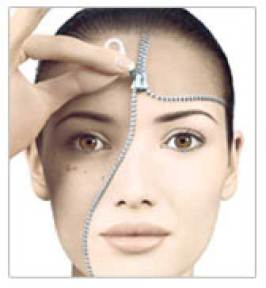 Last month, we wrote about the unhappiness and unhealthiness associated with commuting by car. Today we bring you a more positive take on the situation of driving: how cars facilitate family discussions. Alison Roberts of the Modesto Bee has the story, and we excerpt portions of it below.
Last month, we wrote about the unhappiness and unhealthiness associated with commuting by car. Today we bring you a more positive take on the situation of driving: how cars facilitate family discussions. Alison Roberts of the Modesto Bee has the story, and we excerpt portions of it below.
* * *
According to the 2005 American Time Use Survey from the federal Bureau of Labor Statistics, Americans in households where the youngest kid is 6 to 17 spend more time engaged in “travel related to care of household children” (to the doctor, school, sports or other activities) than any other childcare activity. The SC Johnson Family Taxi Survey conducted by Opinion Research Corp. found that 80 percent of parents reported spending in the neighborhood of 10 hours a week in the car with kids under 18.
* * *
The car is often an easier place to talk than at home, because driving tends to put the brakes on the multitasking that distracts us from one another elsewhere.
“When you’re in the house, there’s always something to do,” says Susan Newman, a social psychologist who has written many parenting books, including “Little Things Long Remembered: Making Your Children Feel Special Every Day.”
“When you’re in the car, there’s nothing you can be doing. Given the way most of us live, the sanctuary of the car is the ideal place to talk,” Newman says, speaking from New York.
For families with more than one child, the car can provide rare one-on-one time. It’s a great place to offer up praise without siblings overhearing and feeling that favoritism is at play, Newman says.
When more than one kid is in the car, it can be a great place to engage in a little constructive collective bargaining — over what music to listen to, what stops to make and what to eat for dinner.
* * *
 Driving in the car is strangely conducive to tackling tough topics. Staring out the front window, not having to look each other in the eye, can make it easier — for kids and parents alike. Don’t be surprised if kids ask questions about the facts of life in the car, when you can’t see them blushing.
Driving in the car is strangely conducive to tackling tough topics. Staring out the front window, not having to look each other in the eye, can make it easier — for kids and parents alike. Don’t be surprised if kids ask questions about the facts of life in the car, when you can’t see them blushing.
“It becomes less personal when you’re not having that eye contact, and it’s less threatening; it’s Mom talking to the windshield,” Newman says.
When you’re having those touchy-topic conversations, especially with older kids, it’s crucial to stay matter-of-fact and on the road, advises Susan Smith Kuczmarski, a professor of education who writes extensively about family life, including the book “The Sacred Flight of the Teenager: A Parent’s Guide To Stepping Back and Letting Go.”
“To be direct and open and to the point, I think the car facilitates that. And teenagers love you to be very direct,” she says, speaking from Chicago, where she lives.
Kuczmarski says driving muffles parental drama in a way that helps keep the conversation two-way. It’s hard to do a lot of finger-waving, and the lecturing that goes with it, when you’re steering.
“I’m a real believer in not having any fear of bringing up certain topics,” she says.
* * *
To read the rest of the article, click here.



















